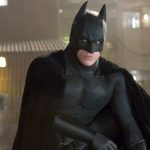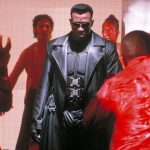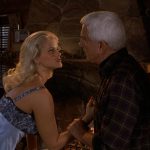🎬 Die Another Day (2002)
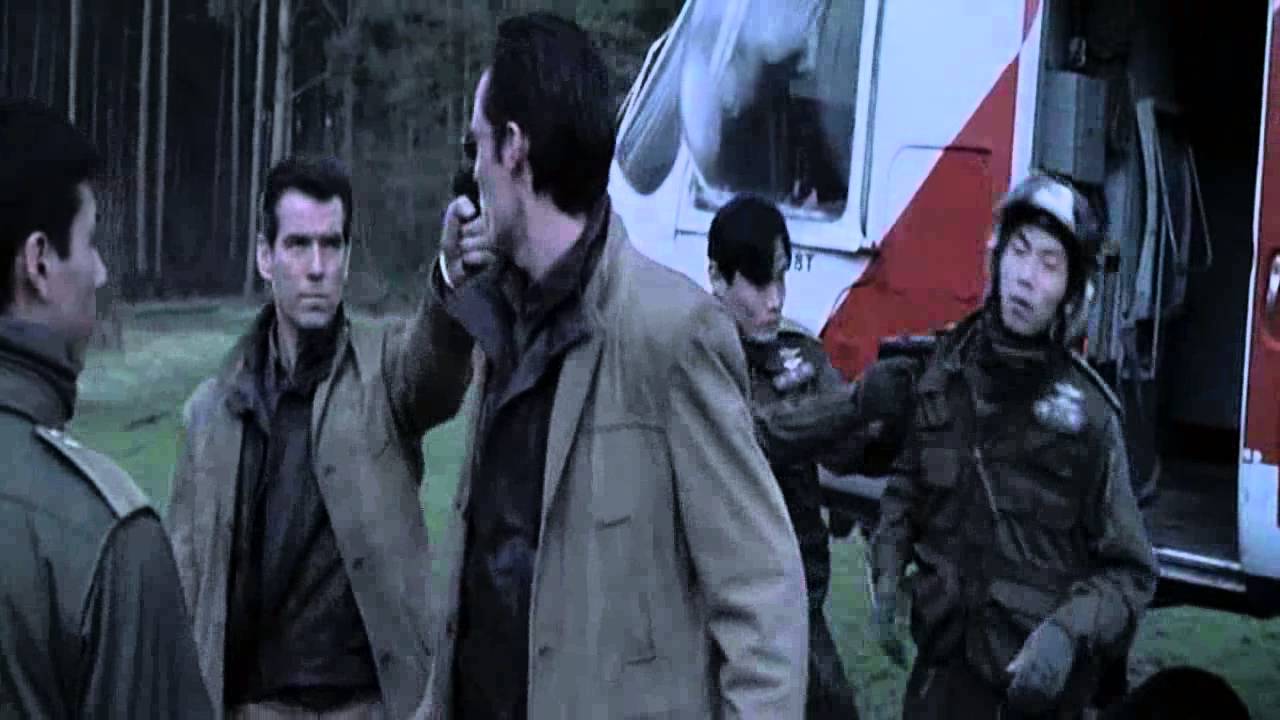
Die Another Day (2002) Movie Review: A High-Octane Bond Adventure with Mixed Results
Introduction
Die Another Day (2002) marks the 20th film in the James Bond franchise and the final outing for Pierce Brosnan as the legendary British spy. Directed by Lee Tamahori, this action-packed installment attempts to balance traditional Bond elements with a modern, gadget-heavy approach. While it delivers thrilling set pieces, exotic locations, and a strong cast—including Halle Berry as Jinx and Toby Stephens as the villainous Gustav Graves—it also polarizes audiences with its reliance on CGI and over-the-top action sequences.
Plot Summary
The film begins with Bond on a covert mission in North Korea, where he is captured and imprisoned for 14 months. After his release in a prisoner exchange, Bond is stripped of his 00-status, as MI6 suspects he leaked information under torture. Determined to clear his name, he follows a trail of clues leading him to billionaire Gustav Graves, a man with a mysterious past and a deadly satellite weapon known as Icarus. Along the way, he teams up with NSA agent Jinx Johnson (Halle Berry), encounters the deadly Zao (Rick Yune), and uncovers a sinister plot that threatens global security.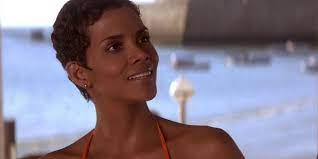
Pierce Brosnan’s Final Bond Performance
Pierce Brosnan’s fourth and final portrayal of James Bond is charismatic and confident, but the film’s exaggerated tone sometimes overshadows his performance. While Brosnan effectively balances the suave charm and ruthless efficiency that define the character, he is often placed in situations that push the boundaries of believability—such as the infamous CGI-laden surfing scene. Despite this, Brosnan remains a compelling presence and provides a strong farewell to his tenure as 007.
Supporting Cast and Notable Characters
Halle Berry’s Jinx Johnson is introduced as a modern Bond girl—capable, independent, and formidable in combat. While her character is given plenty of action moments, her chemistry with Bond feels somewhat underdeveloped compared to past Bond duos. Her emergence from the ocean in a nod to Dr. No (1962) remains an iconic visual, but her role in the story ultimately lacks depth.
Toby Stephens as Gustav Graves delivers a performance that is both flamboyant and menacing, though some viewers found his character more theatrical than truly threatening. His connection to the film’s opening North Korean sequence adds an interesting twist, but his transformation into a genetically altered villain stretches credibility. Rick Yune’s Zao, on the other hand, serves as a visually striking henchman with his diamond-embedded face and relentless pursuit of Bond.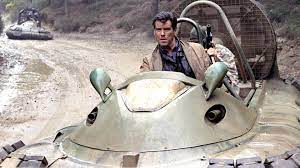
Action and Special Effects
The action sequences in Die Another Day are a mix of exhilarating and excessive. The film features intense car chases—most notably the Aston Martin vs. Jaguar ice battle—a gripping sword fight, and numerous high-energy combat scenes. However, the reliance on CGI, particularly in the para-surfing scene amid collapsing icebergs, weakens the film’s otherwise well-choreographed action.
The use of gadgets also reaches new heights in this installment, with Bond’s Aston Martin Vanquish featuring “adaptive camouflage” that renders it invisible. While imaginative, some of these technological elements feel more suited to a science fiction film than a Bond adventure, contributing to the film’s mixed reception.
Themes and Tone
Die Another Day embraces Bond’s legacy, incorporating numerous references to previous films in celebration of the franchise’s 40th anniversary. While this nostalgia appeals to longtime fans, the film’s inconsistent tone—oscillating between gritty realism and campy excess—dilutes its impact. The espionage elements and brutal opening sequence contrast sharply with the latter half’s near-fantastical action set pieces.
Reception and Legacy
Upon its release, Die Another Day achieved box office success but received divisive reviews. Critics praised Brosnan’s performance, the film’s ambitious scope, and its thrilling action sequences. However, many criticized the excessive CGI, implausible gadgets, and uneven storytelling. As a result, it is often regarded as one of the weaker Bond films in Brosnan’s tenure.
The film’s shortcomings played a role in the franchise’s decision to take a more grounded approach with Casino Royale (2006), which introduced Daniel Craig as a grittier, more realistic Bond. Despite its flaws, Die Another Day remains an entertaining, if somewhat flawed, entry in the Bond saga.
Conclusion: A Flawed but Fun Bond Outing
Die Another Day is an ambitious Bond film that delivers on spectacle but falters in execution. Pierce Brosnan remains a commanding presence as 007, and the film provides some thrilling action sequences and memorable set pieces. However, its over-reliance on CGI, outlandish gadgets, and inconsistent tone prevent it from reaching the heights of the best Bond films. While enjoyable for fans of high-octane action, it ultimately serves as a transition point, paving the way for the more grounded and realistic Bond era that followed.




